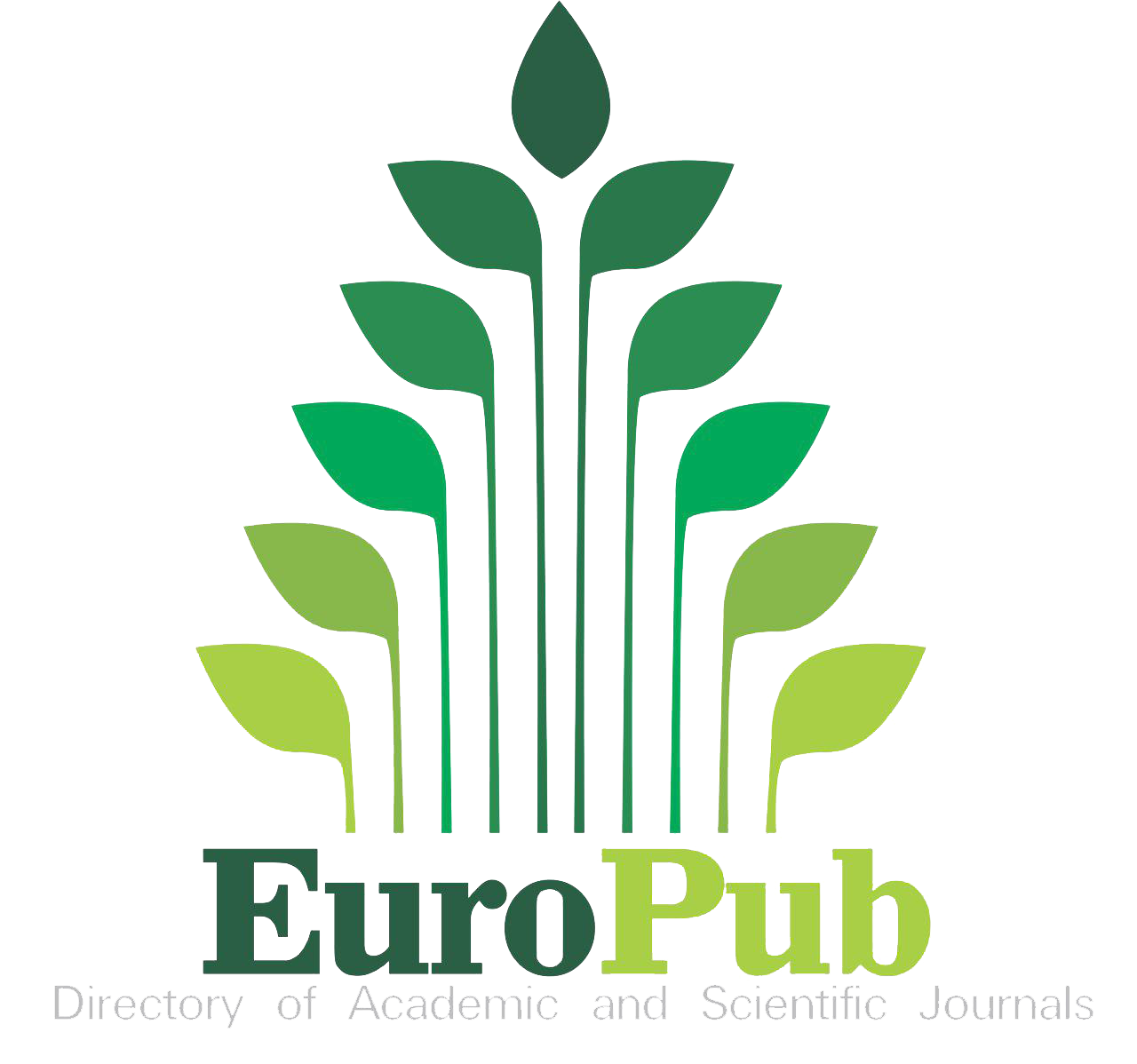EFFICACY OF SEAWEED (KAPPAPHYCUS ALVAREZII) SAP ON CHLOROPHYLL CONTENT OF WHEAT (TRITICUM AESTIVAM L.) FLAG LEAF FLAG LEAF
Keywords:
Wheat, Flag leaf, Seaweedsap, Kappaphycus, ChlorophyllAbstract
Field experiments conducted at Birsa Agricultural University Kanke, Ranchi, Jharkhand, during Rabi of 2013-14
and 2014-15 to find out whether application of seaweed sap (Kappaphycus alvarezii) at six concentration (0.0,
2.5, 5.0. 7.5, 10.0 and 15.0%) either as foliar spray alone or in combination with seed soaking at different
fertilizer level (100 and 50% RDF), can influence chlorophyll content of wheat, reveals that Chlorophyll (a, b and
total) content in wheat increasing with crop age from 2 to 9 DAF and thereafter it gradually decreased, due to
senescence of leaf. Crop fertilized with 100% RDF maintained higher chlorophyll (a, b and total) in the flag leaf
than 50% RDF. Chlorophyll content increased with increasing concentration of seaweed sap up to 7.5% and
thereafter it gradually decreased. Application of 7.5%K sap along with 100% RDF recorded higher chlorophyll
content (a, b and total) than other combinations. Application of 7.5 % K sap along with 50 % RDF was able to
maintain similar chlorophyll (a, b and total) content as that of wheat fertilized with100 % RDF alone, indicating
that 7.5 % K sap was capable enough to compensate the 50 % fertilizer requirement of wheat crop. Comparison
of chlorophyll content estimated by DMSO and Chlorophyll meter were equally good.
Field experiments conducted at Birsa Agricultural University Kanke, Ranchi, Jharkhand, during Rabi of 2013-14
and 2014-15 to find out whether application of seaweed sap (Kappaphycus alvarezii) at six concentration (0.0,
2.5, 5.0. 7.5, 10.0 and 15.0%) either as foliar spray alone or in combination with seed soaking at different
fertilizer level (100 and 50% RDF), can influence chlorophyll content of wheat, reveals that Chlorophyll (a, b and
total) content in wheat increasing with crop age from 2 to 9 DAF and thereafter it gradually decreased, due to
senescence of leaf. Crop fertilized with 100% RDF maintained higher chlorophyll (a, b and total) in the flag leaf
than 50% RDF. Chlorophyll content increased with increasing concentration of seaweed sap up to 7.5% and
thereafter it gradually decreased. Application of 7.5%K sap along with 100% RDF recorded higher chlorophyll
content (a, b and total) than other combinations. Application of 7.5 % K sap along with 50 % RDF was able to
maintain similar chlorophyll (a, b and total) content as that of wheat fertilized with100 % RDF alone, indicating
that 7.5 % K sap was capable enough to compensate the 50 % fertilizer requirement of wheat crop. Comparison
of chlorophyll content estimated by DMSO and Chlorophyll meter were equally good.

















